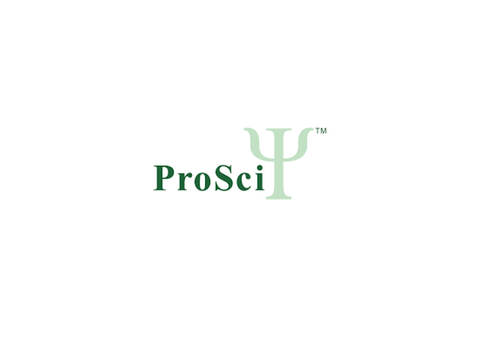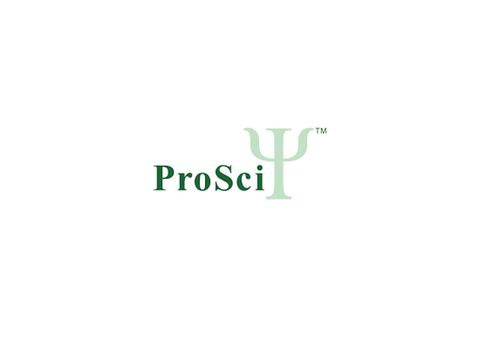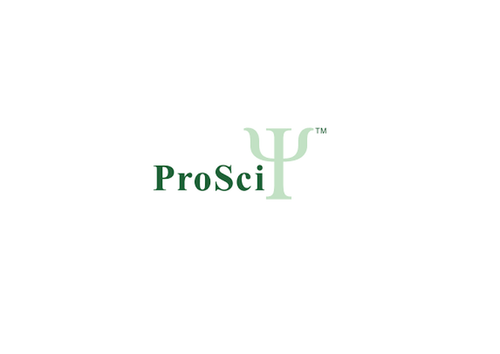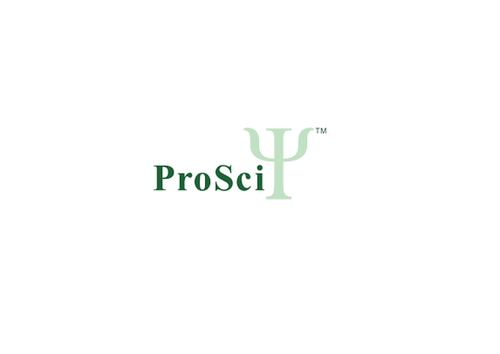Product Description
PTP gamma Antibody | 63-461 | ProSci
Host: Rabbit
Reactivity: Human, Mouse
Homology: N/A
Immunogen: This PTP gamma antibody is generated from rabbits immunized with a KLH conjugated synthetic peptide between 751-782 amino acids from the Central region of human PTP gamma.
Research Area: Signal Transduction
Tested Application: WB
Application: For WB starting dilution is: 1:1000
Specificiy: N/A
Positive Control 1: N/A
Positive Control 2: N/A
Positive Control 3: N/A
Positive Control 4: N/A
Positive Control 5: N/A
Positive Control 6: N/A
Molecular Weight: 162 kDa
Validation: N/A
Isoform: N/A
Purification: This antibody is prepared by Saturated Ammonium Sulfate (SAS) precipitation followed by dialysis
Clonality: Polyclonal
Clone: N/A
Isotype: Rabbit Ig
Conjugate: Unconjugated
Physical State: Liquid
Buffer: Supplied in PBS with 0.09% (W/V) sodium azide.
Concentration: batch dependent
Storage Condition: Store at 4˚C for three months and -20˚C, stable for up to one year. As with all antibodies care should be taken to avoid repeated freeze thaw cycles. Antibodies should not be exposed to prolonged high temperatures.
Alternate Name: Receptor-type tyrosine-protein phosphatase gamma, Protein-tyrosine phosphatase gamma, R-PTP-gamma, PTPRG, PTPG
User Note: Optimal dilutions for each application to be determined by the researcher.
BACKGROUND: PTPgamma is a member of the protein tyrosine phosphatase (PTP) family. PTPs are known to be signaling molecules that regulate a variety of cellular processes including cell growth, differentiation, mitotic cycle, and oncogenic transformation. This PTP possesses an extracellular region, a single transmembrane region, and two tandem intracytoplasmic catalytic domains, and thus represents a receptor-type PTP. The extracellular region of this PTP contains a carbonic anhydrase-like (CAH) domain, which is also found in the extracellular region of PTPRBETA/ZETA. The gene is located in a chromosomal region that is frequently deleted in renal cell carcinoma and lung carcinoma, thus is thought to be a candidate tumor suppressor gene.
 Euro
Euro
 USD
USD
 British Pound
British Pound
 NULL
NULL






![PTP gamma Antibody (Center) [AMM07392G] PTP gamma Antibody (Center) [AMM07392G]](https://cdn11.bigcommerce.com/s-452hpg8iuh/images/stencil/500x659/products/868570/1160637/logo__92149.1659788186__94386.1659864433.png?c=2)



